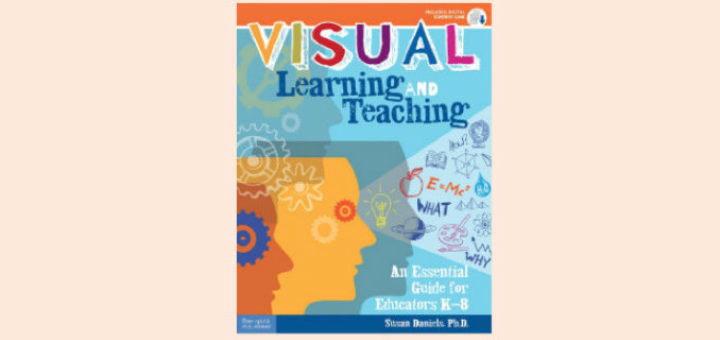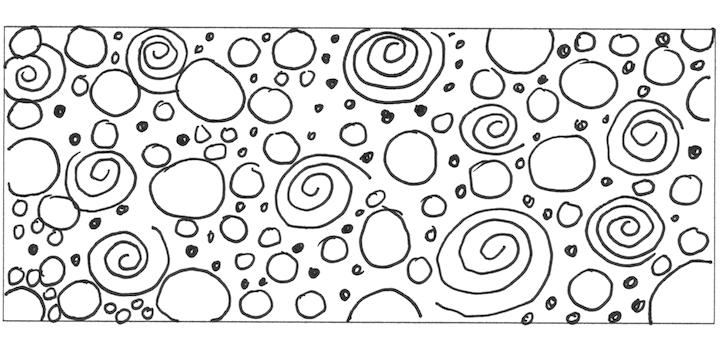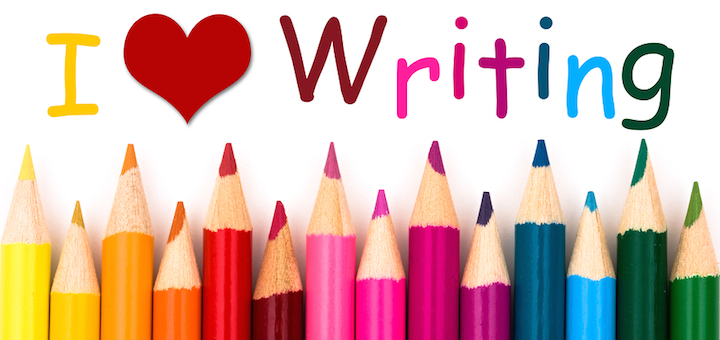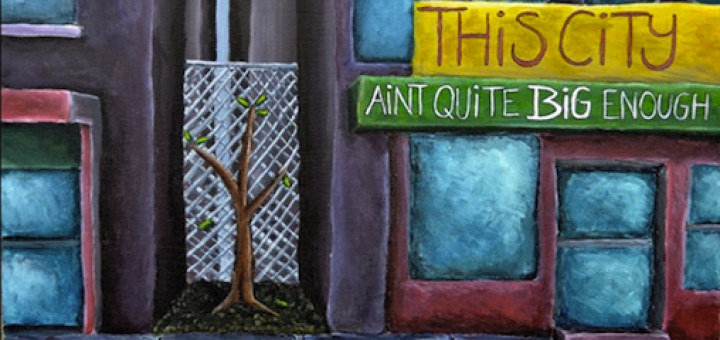The Essentials of Visual Learning and Teaching
Learning to decode visuals and graphics is an essential skill for everyone, but most especially for visual-spatial learners, which includes most ADHD students. Susan Daniels’ book provides essential explanations and many teaching resources for K-8, says educator Joanne Bell.





















